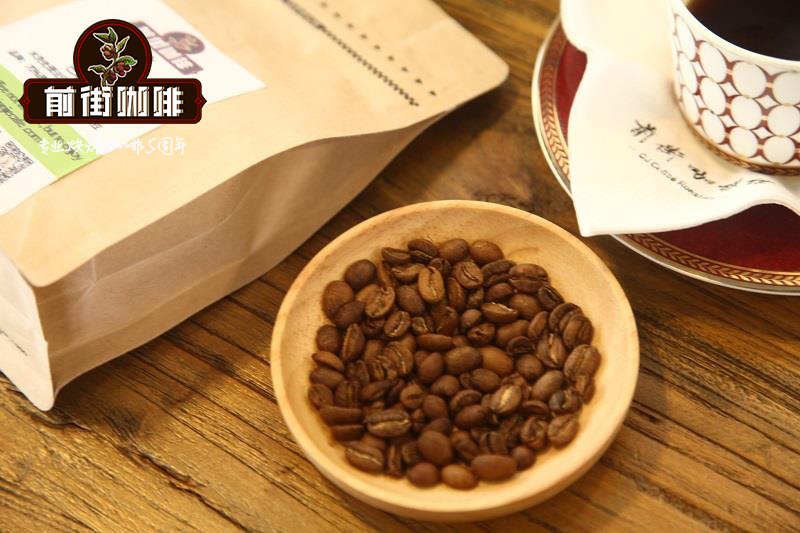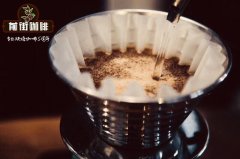What is the relationship between Project Yerga Sherry Red Cherry and Trabocca? What are the characteristics?

Professional coffee knowledge exchange More coffee bean information Please pay attention to coffee workshop (Weixin Official Accounts cafe_style)
Operation Cherry Red is a coffee quality improvement program led by Dutch company Trabocca, which includes assisting coffee farmers to learn new coffee knowledge, improving planting techniques, etc., and of course ensuring that coffee cherries meet the requirements have better purchase prices and processing plants have more income to purchase newer and more advanced post-processing equipment.
Operation Cherry Red (OCR) is a European Union project sponsored by the Dutch government, led by Trabocca BV, the largest soybean producer, and partially funded by the Dutch government, to provide financial loans to support new hardware and production process knowledge to assist farmers. This batch of sun-dried Yejia Shefei G3 Qiuba village red cherry plan comes from a small production area under Trabocca. The earliest red cherry plan is the work of the members of the old partner YCFCU(Yejia Coffee Farmers Union) affiliated cooperative. Its harvesting method is to manually pick ripe red coffee cherries in the harvest season. Women carefully select 100% fully ripe red cherry coffee fruits. Egyptian women who work hard with careful eyesight are important behind the OCR plan. Due to its strict selection, the annual production capacity per coffee farmer group is only about 1500-3000 kg of coffee beans in small batches. The ripe coffee fruit looks like a cherry, so it is called "coffee cherry."
Sun-baked coffee has a strict collection of red fruit (coffee tree fruit) standards, before exposure to coffee fruit manually remove immature green fruit or defective fruit, sun process and then remove damaged or moldy fruit, two weeks after the pulp sugar and essence of all into the coffee beans, water content reduced to 12%, and then hardened pulp, pectin layer, pods together with the scraper clean, coffee beans removed but also through density and bean color testing. After the defective beans are eliminated, the workers finally pick out the defective beans with the naked eye, and then check and select them layer by layer, creating a clean and refined yejia sherry sun beans with a rich and charming fruit fragrance.
Coffee beans from the Yerga Sherry Red Cherry Project are packaged in GrainPro bags or vacuum boxes immediately after processing at the origin and shipped to Djibouti for shipment. We strive for perfect quality through real-time monitoring, safe transportation and timely and appropriate handling. Roasters also because of this red cherry program can buy high-quality coffee beans, but also to improve the quality of Ethiopian coffee, there is a better price, Trabocca and profits back to farmers, and can continue to improve, quality continues to improve. Trabocca receives coffee and selects it from among them. Farms that pass the cup test quality test in Ethiopia and the Netherlands will pay a high bonus. A passing score of 88 points or more will be considered as a good coffee for the Red Cherry Project. Trabocca, the promoter of the Red Cherry Project, invested all the profits earned in recent years in the cooperative farm. Trabocca emphasized that this was a plan without benefits, so the company only implemented the Red Cherry Project with four people, including the boss and secretary. Other administrative related matters were supported by the parent company to reduce administrative expenses, and all profits were returned to the cooperative farm.
Important Notice :
前街咖啡 FrontStreet Coffee has moved to new addredd:
FrontStreet Coffee Address: 315,Donghua East Road,GuangZhou
Tel:020 38364473
- Prev

What are the characteristics of Mexican coffee? does Mexican sunny coffee taste good with cream egg yolk?
Professional coffee knowledge exchange more coffee bean information please follow the coffee workshop (Wechat official account cafe_style) Mexico, is a federal republic in North America, the north borders the United States, Mexico grows a large number of tequila taller than people, and tequila is used to make wine, tequila is the national wine of Mexico, known as the soul of Mexico, is in Mexico
- Next

What is espresso? What's the difference between it and individual coffee?
For more information on coffee beans, please follow the coffee workshop (Wechat official account cafe_style), that is, espresso, which is a type of coffee with a strong taste by pulping it under high pressure and grinding it into a very fine coffee powder in extremely hot but not boiling hot water. It was invented and developed in Italy and began at the beginning of the 20th century. Necessary principle
Related
- How did the Salvadoran coffee industry develop in Central America?
- What exactly does the golden cup extraction of coffee mean?
- The Origin of Coffee flower
- [2023 Starbucks World Earth Day] there are more meaningful things besides free Starbucks coffee!
- What kind of coffee is there in Spain? 9 Flavors of Spanish Coffee
- Aromatic African coffee| Kenya's coffee culture and historical production area
- Liberica Coffee Bean knowledge: the characteristics of Liberian Coffee beans of the three original species of Coffee beans
- The origin and formula of Spanish latte introduces the taste characteristics of Bombon coffee in Valencia, Spain.
- How to adjust the solution of over-extracted coffee
- What is the tasting period of coffee beans? What is the period of coffee and beans? How should coffee wake up and raise beans?

